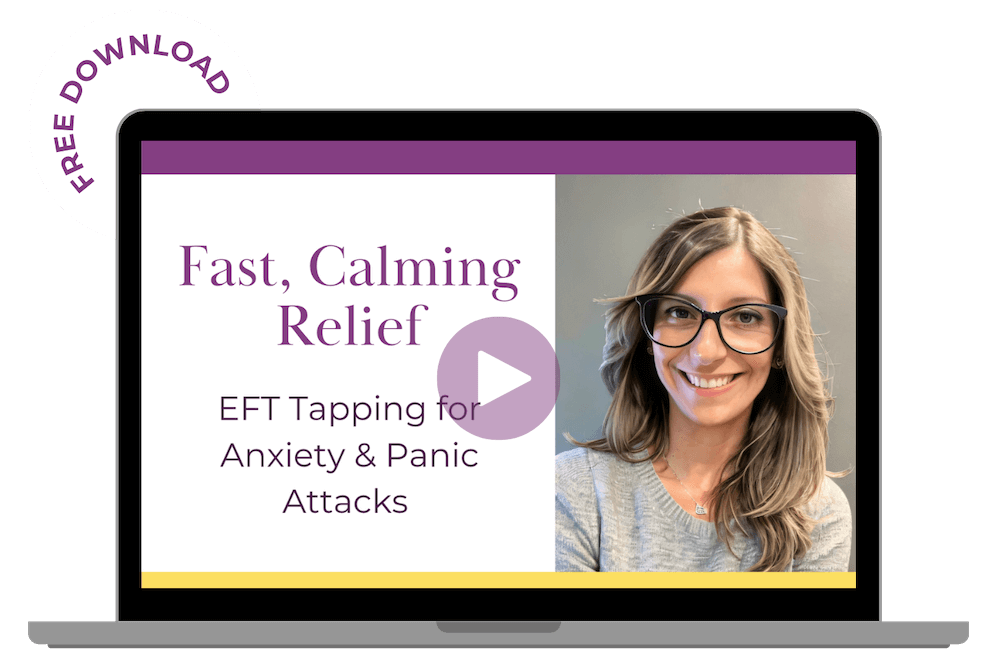Introduction: Anxiety can feel overwhelming, gripping us in its clutches and making it challenging to find relief. However, one of the most powerful tools we have to manage anxiety is right at our fingertips: our breath. In this blog, we’ll explore the profound connection between breathing and anxiety, and how harnessing the power of breath can help us find calm, clarity, and peace amidst the storm of anxious thoughts and feelings.
- The Physiology of Anxiety and Breathing:
- When we experience anxiety, our bodies enter a state of heightened arousal known as the fight-or-flight response. This response triggers a cascade of physiological changes, including increased heart rate, rapid breathing, and muscle tension, preparing us to confront or flee from perceived threats.
- Breathing patterns are closely linked to our emotional state, and during moments of anxiety, our breath often becomes shallow, rapid, and irregular. This shallow breathing can further exacerbate feelings of anxiety and trigger physical symptoms such as chest tightness and dizziness.
- The Power of Breath Awareness:
- Mindful breathing, or paying attention to our breath in the present moment, can serve as an anchor during times of anxiety. By bringing our awareness to the sensations of breathing, we can ground ourselves in the present moment and interrupt the cycle of anxious thoughts and feelings.
- Breath awareness practices such as deep belly breathing, diaphragmatic breathing, or paced breathing can help regulate the autonomic nervous system, promoting relaxation and reducing the physiological symptoms of anxiety.
- Breathing Techniques for Anxiety Relief:
- Deep Belly Breathing: Sit or lie down in a comfortable position. Place one hand on your abdomen and the other on your chest. Inhale deeply through your nose, allowing your belly to rise as you fill your lungs with air. Exhale slowly through your mouth, feeling your belly fall. Repeat for several breaths, focusing on the rhythm and sensation of your breath.
- 4-7-8 Breathing: Inhale deeply through your nose for a count of 4. Hold your breath for a count of 7. Exhale slowly through your mouth for a count of 8. Repeat for several cycles, allowing each breath to become slower and more relaxed.
- Box Breathing: Inhale deeply through your nose for a count of 4. Hold your breath for a count of 4. Exhale slowly through your mouth for a count of 4. Hold your breath for a count of 4. Repeat for several cycles, focusing on the even rhythm of your breath.
- Incorporating Breathwork into Daily Life:
- Practice breathwork regularly, even when you’re not experiencing anxiety, to build resilience and strengthen your capacity for self-regulation.
- Integrate breathwork into daily activities such as meditation, yoga, or mindful movement practices to cultivate a sense of calm and presence.
Conclusion: Breath is a powerful ally in our journey to manage anxiety and cultivate inner peace. By harnessing the power of breath awareness and incorporating breathwork techniques into our daily lives, we can tap into a profound source of strength, resilience, and well-being. Remember, in moments of anxiety, pause, and return to your breath. Breathe in, breathe out, and trust that with each breath, you are anchoring yourself in the present moment and moving towards a place of greater calm and clarity.







